The conference that was the germ of this book initially unfolded when Susanna Hecht and I were fellows at the Center for Advanced Study in the Behavioral Sciences (CASBS) at Stanford, sitting under the oak trees, eating lunch, and bemoaning the lack of effort on the social histories and ecologies of inhabited landscapes. We were doing exactly what we were supposed to do at such a place, which exists to provide adequate time to think, away from the usual scramble from class to committee meeting. Susannas insistence on the critical importance of and inattention to woodland resurgence made me take a closer look at my own data from South Asia, where the dominant narrative of environmental change is one of progressive, inevitable forest loss through time, a trope that, as it turns out, only partially reflects actual vegetation trajectories. The complexity of the relationships between humans and forests, it was clear, required a range of disciplinary approaches, and so the idea of an international and interdisciplinary conference was born.
The ideal venue for this conference was the newly formed Program on the Global Environment (PGE) at the University of Chicago. The director of PGE, Mark Lycett, invited us to hold the inaugural conference for his program on May 30 and 31, 2008. We thank him for his confidence in the project and for the significant financial and staff support provided by PGE. Planning for the conference was greatly facilitated by adding Christine Padoch to the editorial team. Christine and I joined Susanna one weekend in Princeton, where she was a fellow at the Institute for Advanced Study; there we brainstormed about what might be the best approach and developed a set of names. We would like to thank all of the presenters and participants who made the conference such a success, including those who were unable to contribute papers to the volume. Ecologists, historians, geographers, anthropologists, archaeologists, biologists, and others interacted congenially and shared ideas, approaches, and excitement in a way suggesting the importance of this topic and the value of interdisciplinary approaches. Staff at the Center for International Studies (CIS) and PGE did a great deal to make the conference work, and we would like to thank Dean Clason and Jamie Bender for extraordinary work on hospitality and organization.
After the conference, we solicited several additional papers. This, as well as the many other commitments of the editorial team, slowed down production of the book, and we thank all of our authors as well as our supportive and long-suffering editor at the University of Chicago Press, Christie Henry, for their patience. Christie attended the conference and listened to us promise her a rapid turnaround, something that did not happen. The delay did, however, allow us to think more carefully about the project, and ultimately the book was better for it. Part way through the editorial process, Christine Padoch became the director of the Forests and Livelihoods Programme at the Center for International Forestry Research (CIFOR) in Indonesia, another commitment through which work on the volume was refracted. Susanna Hecht held a Guggenheim, and various funds from the University of California Committee on Research, and I received a Mellon New Directions Fellowship, all of which both took time away from and simultaneously helped facilitate work on this project. Additional funding from the Center for International Studies at the University of Chicago supported publication costs. Last, but certainly not least, we extend profound thanks to our two editorial assistants, Meleiza Figueroa and Christine Malcom, for helping us pull the massive manuscript together from what was otherwise looming chaos. Their painstaking work was essential in transforming a disparate batch of papers into a polished manuscript.
After twenty-eight chapters, it might seem that there would be no more to say, but for me at least, the completion of this volume represents more a beginning than an end. I am indebted to Susanna for her insistence on the importance of woodland resurgence and on broader ways of thinking through forest transitions. She demanded as well that we work harder to get out the word that humans and forests have intertwined histories and that both social and biological approaches are required to understand these socio-natural worlds. Christines extraordinary grasp of the fieldreally, many fieldsand of contemporary policies and politics significantly enhanced our range of topics and contributors; her wise counsel kept us on track. Finally, I am grateful to both Susanna and Christine for their embrace of the historical dimension so central to my own thinking. They, in turn, helped bring me into the presentand the futureof forests, people, and their interconnected social lives.
Kathleen D. Morrison
Chicago, IL
 From Fragmentation to Forest Resurgence: Paradigms, Representations, and Practices
From Fragmentation to Forest Resurgence: Paradigms, Representations, and Practices
SUSANNA B. HECHT, KATHLEEN D. MORRISON, AND CHRISTINE PADOCH
In the popular consciousness, the dynamics of tropical ecosystems embody a single narrative of catastrophic deforestation and land degradation. Emphasizing clearing, fragmentation, and a unidirectional narrative of forest loss, this apocalyptic vision has held sway over the last several decades. Indeed, not only historical accounts but also most of the scientific literatures on tropical development and the emerging (and enormous) literature on fragment ecologies partake of this view. The approach in development studies and conservation biology, rooted as it is in islands of conservation, and inevitable fragmentation of remaining forests outside of parks and reserves, has, however, ignored a major countertrend. There are now widespread and complex processes of forest regeneration and woodland recreation throughout the tropical world (Angelson 2007; Barbier, Burgess, and Grainger 2010; de Jong 2010; Farley 2007; Grainger 1995; Grau et al. 2008; Klooster 2003; Palo 1999; Rudel, Bates, and Machinguiashi 2002), processes that have as yet been underanalyzed. In fact, reports from Malthusian poster children like El Salvador and the Sahel show significant, surprising, and very rapid woodland resurgence in areas where, to quote ecologist John Terborgh (1999), Nature has been extinguished. Similarly, recent historical analyses have called into question dominant narratives of catastrophic forest loss as the universal trajectory of human occupation in the tropics (Denevan 2001; Posey and Bale 1989; Barbier, Burgess, and Grainger 2010; Grainger 2008; Heckenberger and Neves 2009; Heckenberger, Petersen, and Goes Neves 2001).
What this book outlines is the dynamism of the ecological matrix: the world of working landscapes that connects old growth fragments, rejuvenating them through working landscapes, daily life, and livelihoods in the creation of a society of nature. These landscapes are home to more than two billion people, so this nexus is not trivial. While half the worlds population now resides in urban areas, urbanites fundamentally depend on nonurban landscapes, and especially in the tropics, on forested landscapes for water, materials, foods, and, increasingly, carbon mitigation. Forested landscapes are as much a human habitat as are cities and agrarian fields. Like the latter, forests incarnate histories, ways of seeing and feeling, traditions, formal and informal legal regimes, livelihoods, meanings, and now global economics, geopolitics, and, increasingly, energy and climate politics.
Forest recovery, more widely known as the forest transition, has taken on a life of its own as a cottage industry for explaining woodland resurgence. Woodland resurgence has been documented from the United States and Europe, and has historically been associated with urbanization and industrialization and the shift from a rural to an urban economy supported by intensified agriculture in the late nineteenth and early twentieth centuries. Some authors have sought to universalize this model of the forest transition as a repeating narrative of urbanization that reduced human numbers in the countryside (Mather 1992; Bellemare, Motzkin, and Foster 2002; Foster 2002; Foster, Motzkin et al. 2002). Rural populations fell, trees regrew, farming in the eastern and southern United States mostly relocated to the larger scale agro-industrial zones of the Midwest, with specialty crops moving to California and the Southwest, as well as abroad to Chile and Mexico. Depopulation, relocation, and urbanization and enclosures of the late nineteenth and twentieth centuries seemed more or less to embrace this process. This model cannot, however, be extrapolated to the twenty-first century for the developing world. Indeed, historical evidence reveals some of the complexity and diversity of relationships between urbanization, agricultural strategies, and forest cover.
Next page

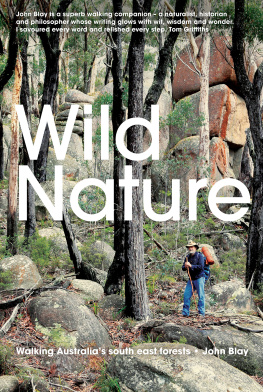
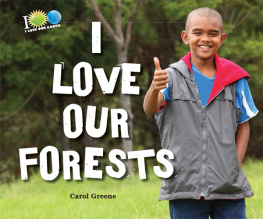
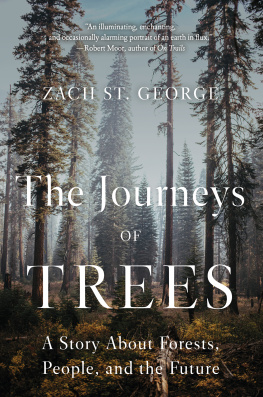

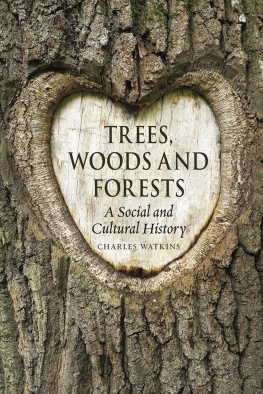
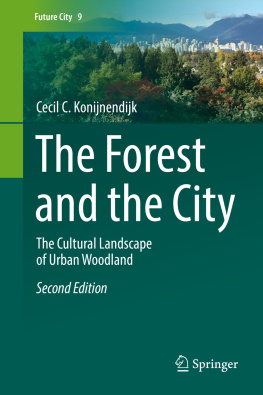
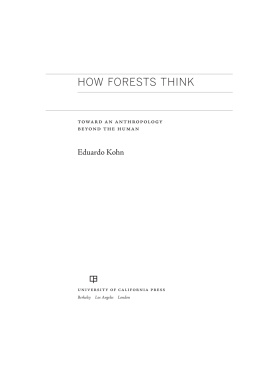
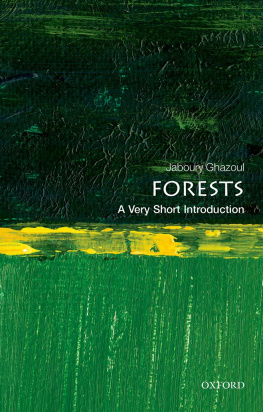

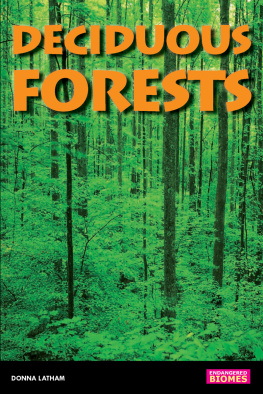
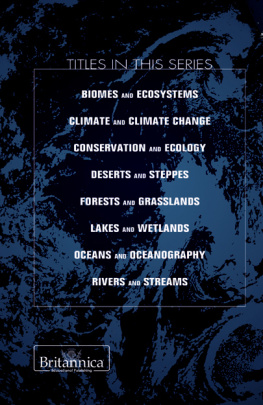
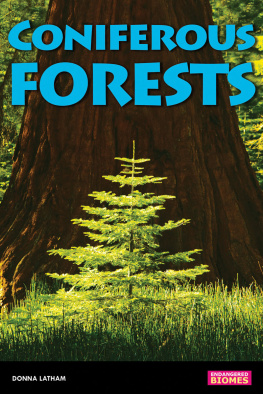
 From Fragmentation to Forest Resurgence: Paradigms, Representations, and Practices
From Fragmentation to Forest Resurgence: Paradigms, Representations, and Practices